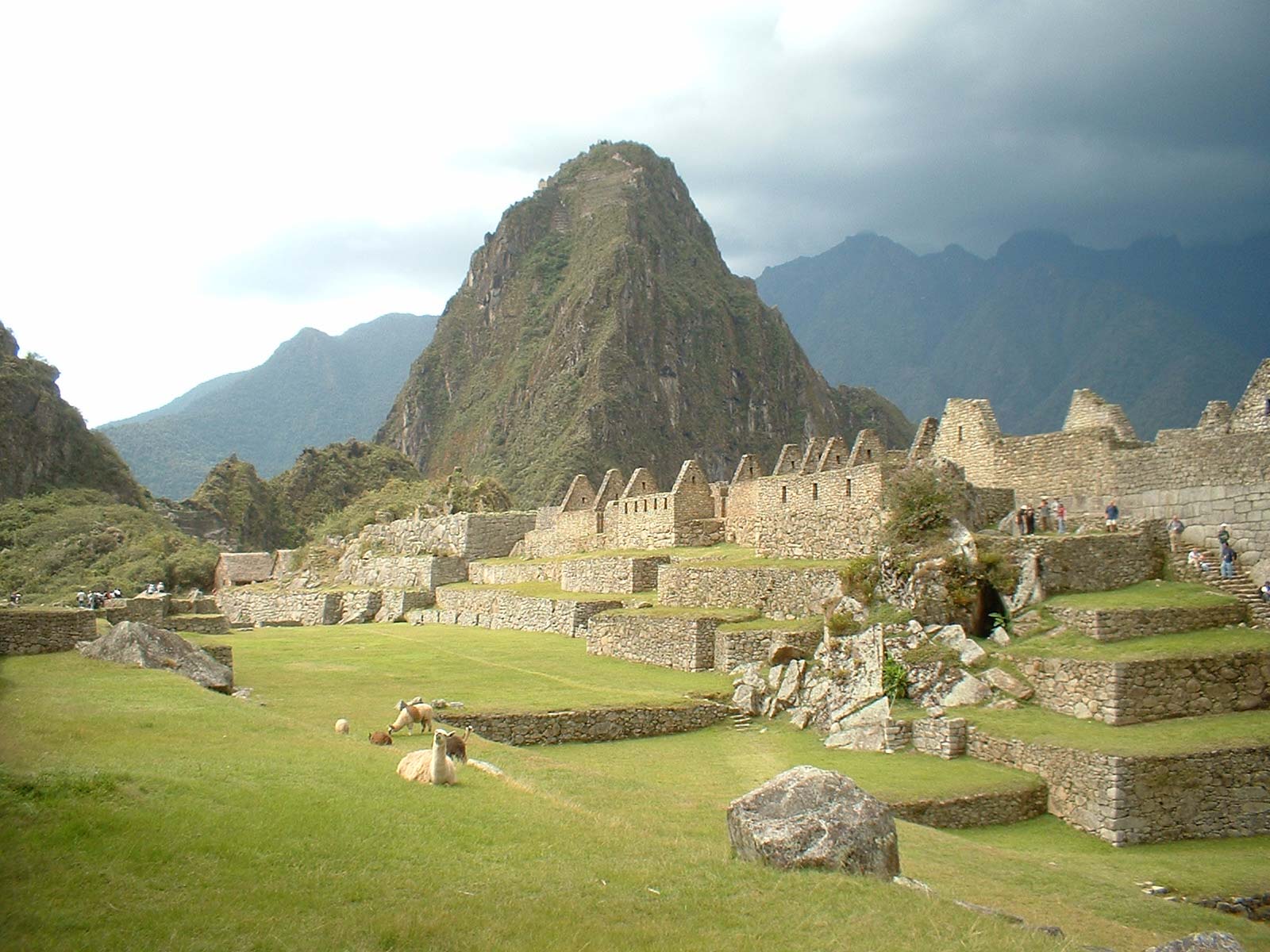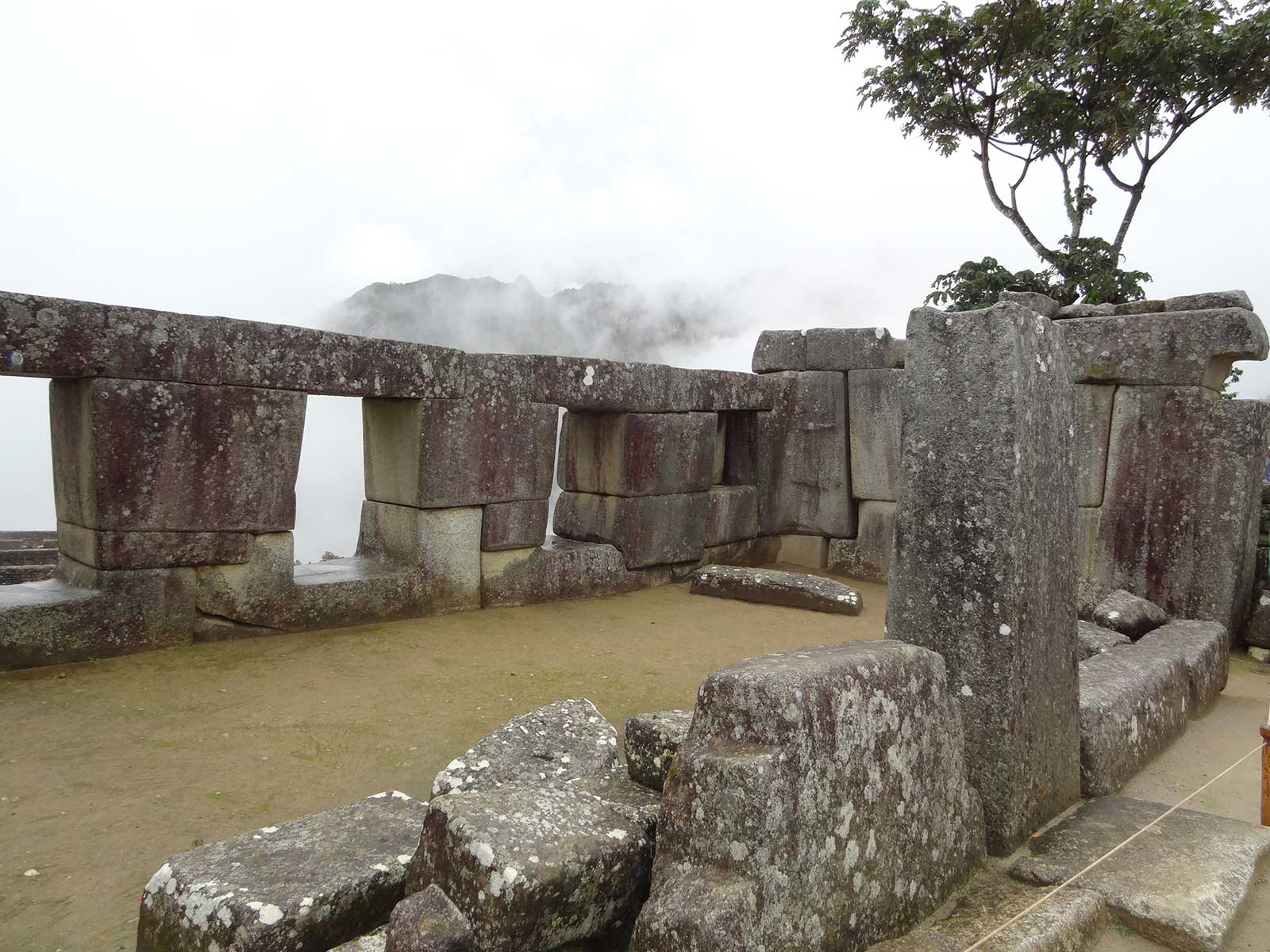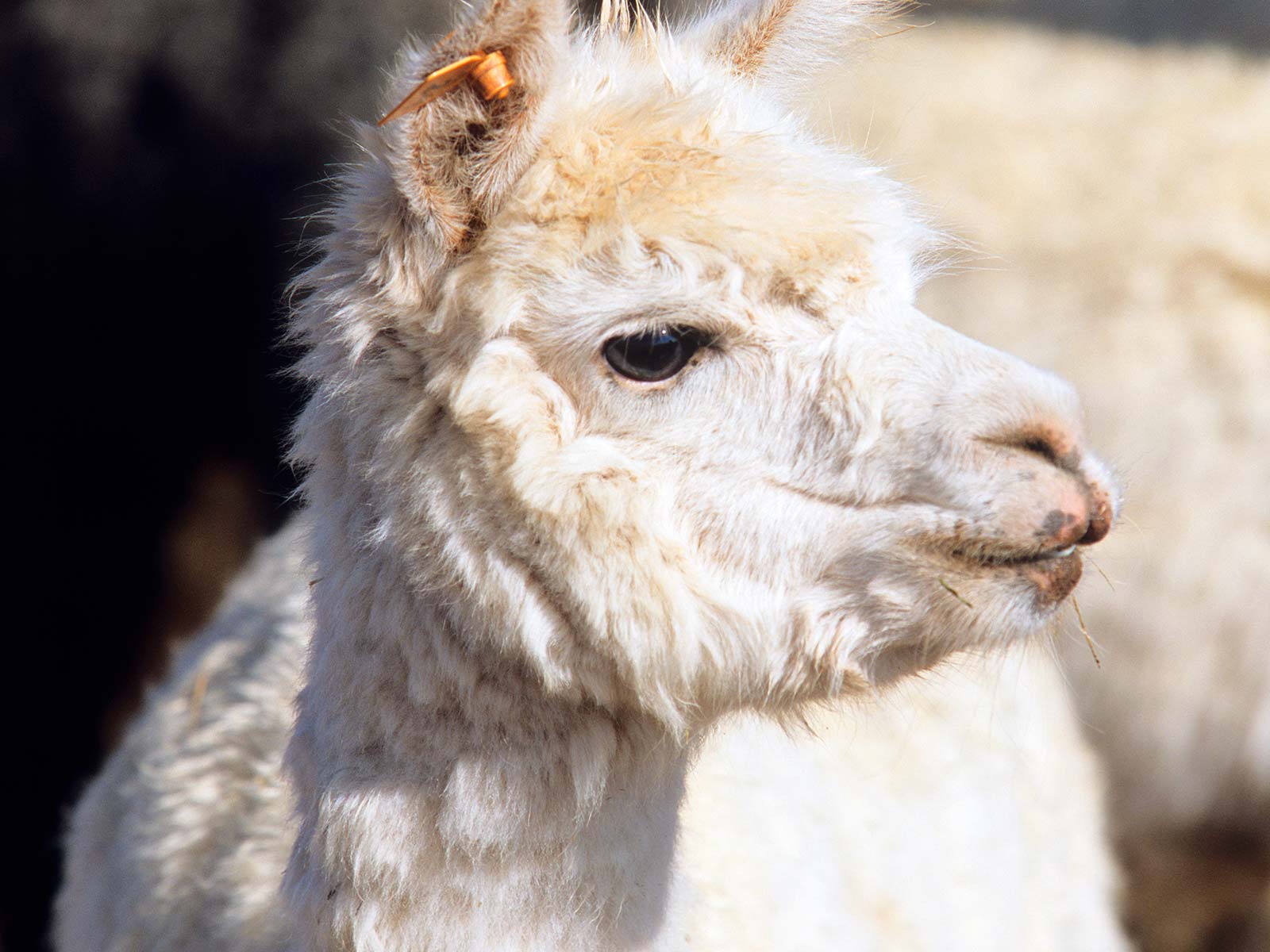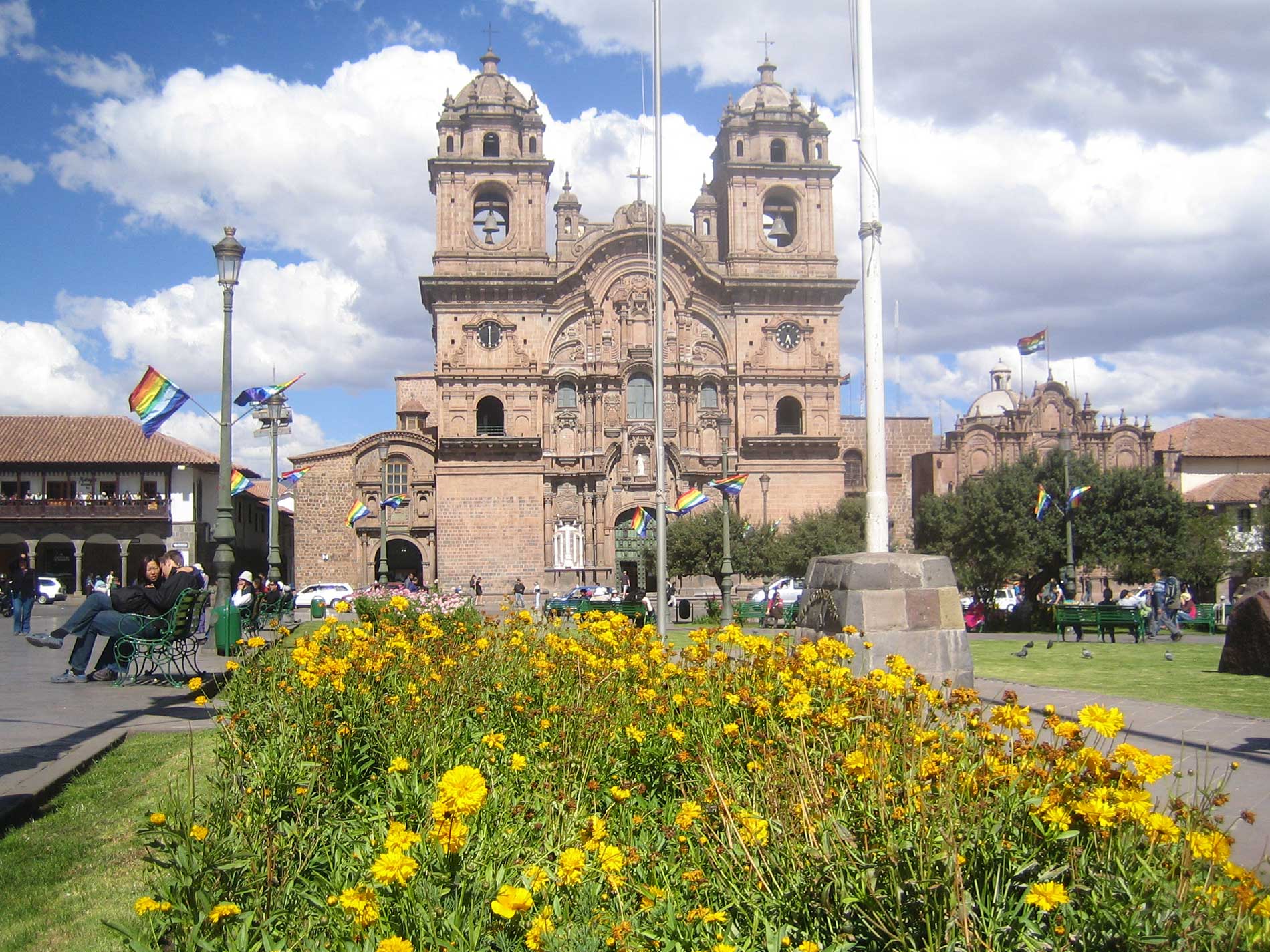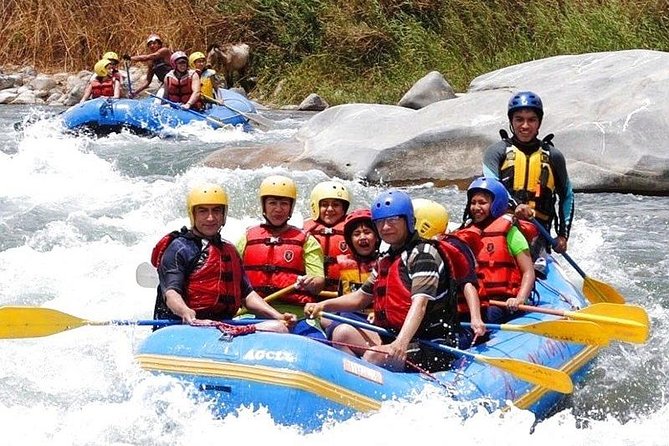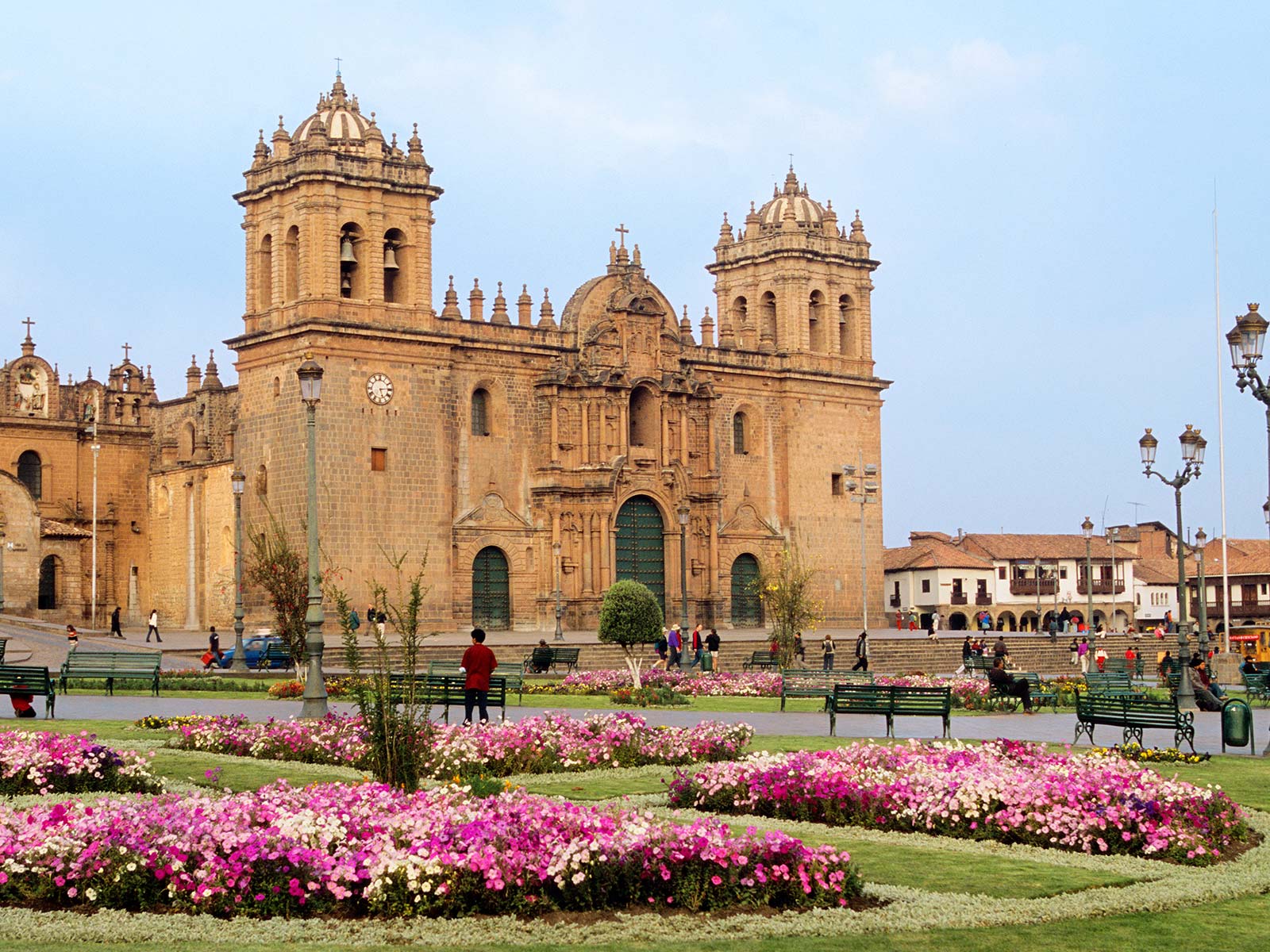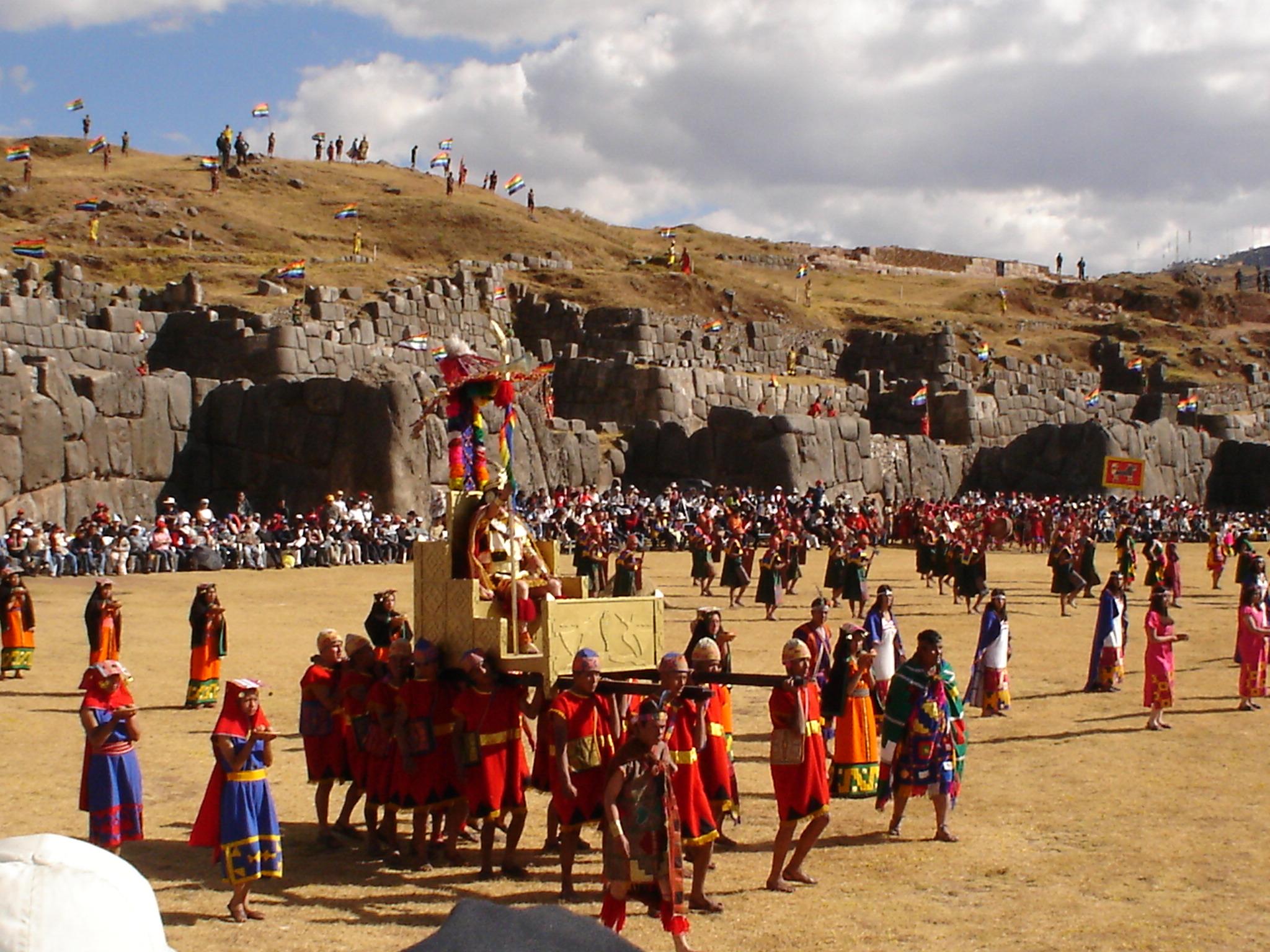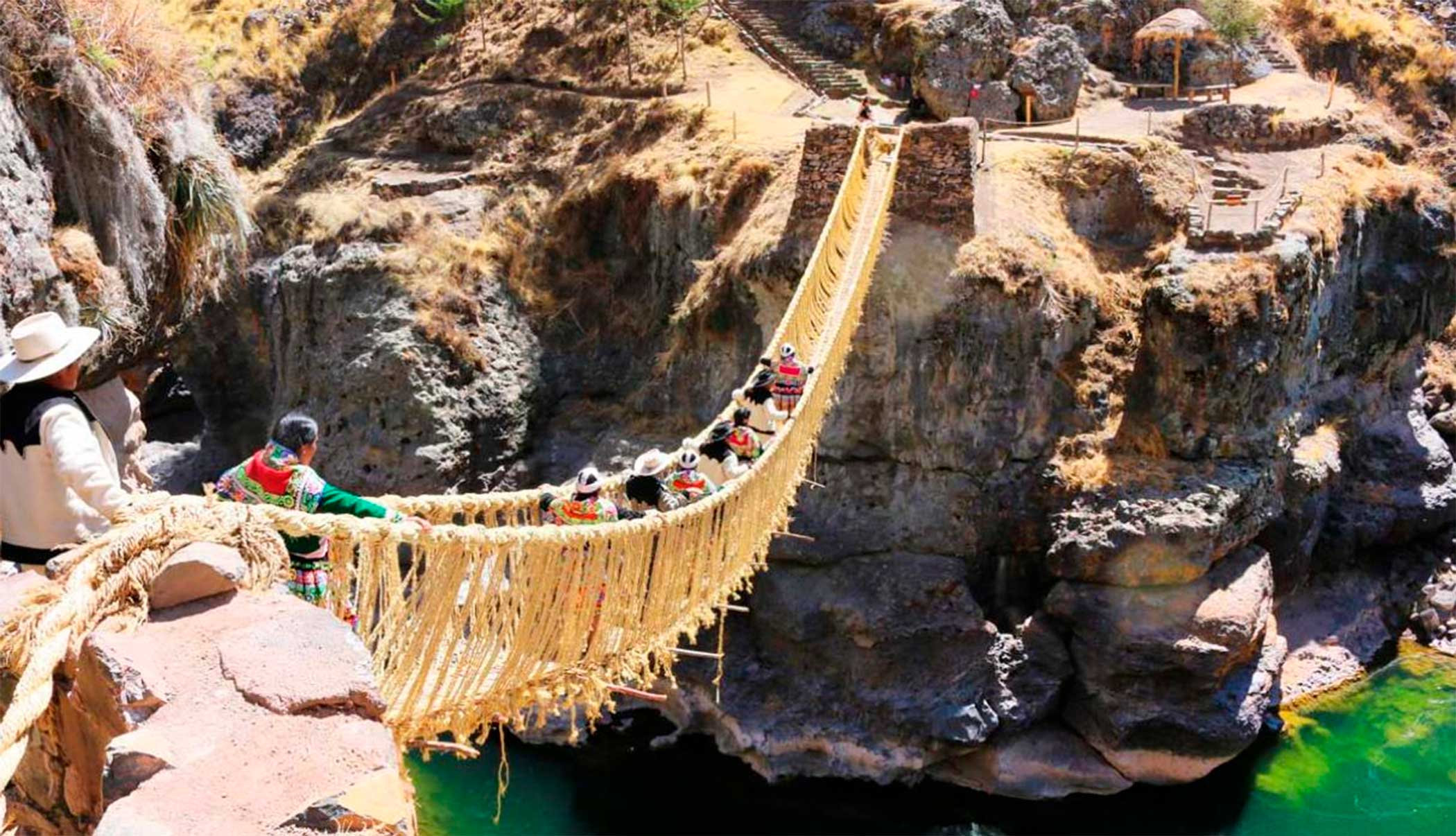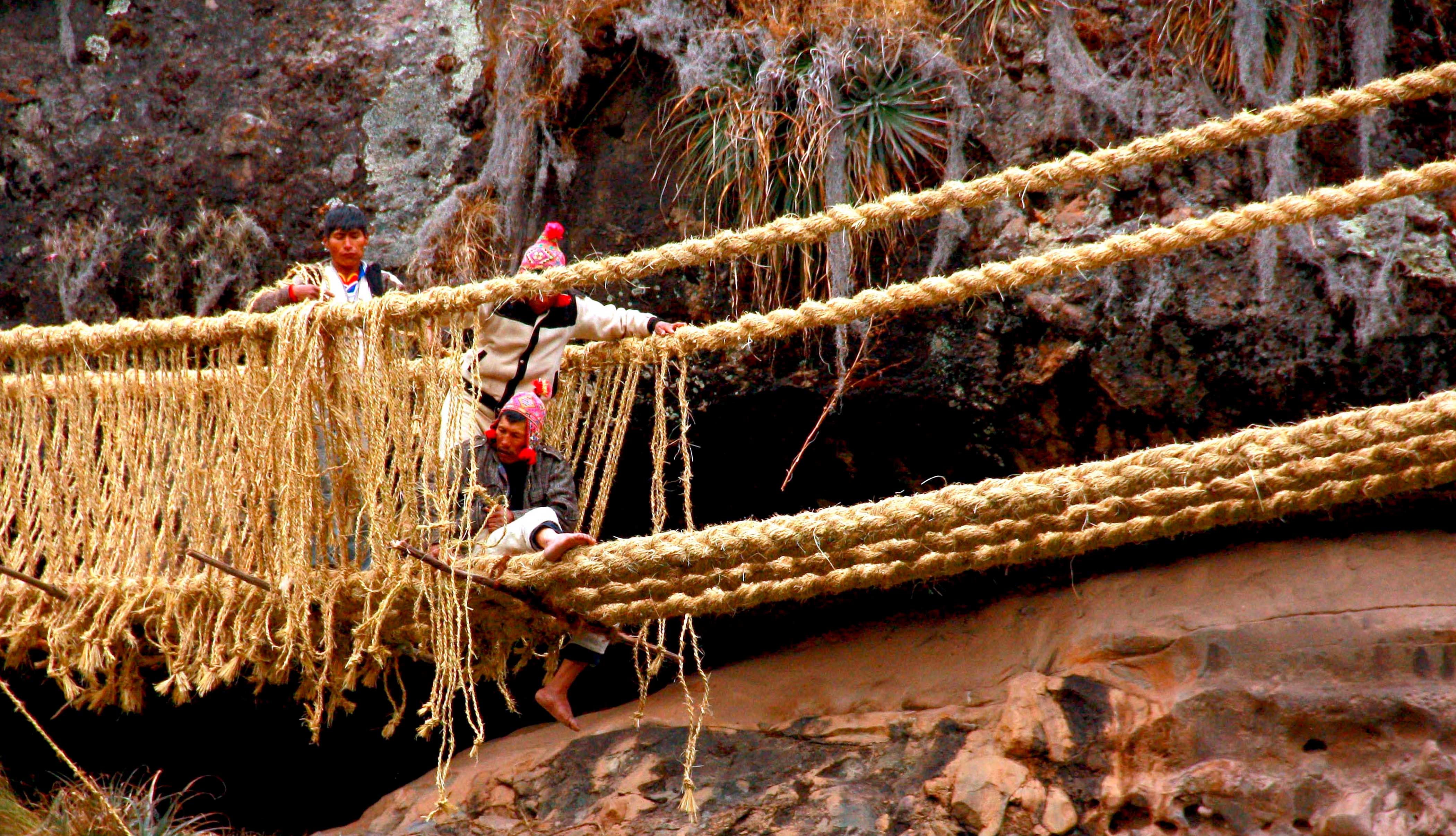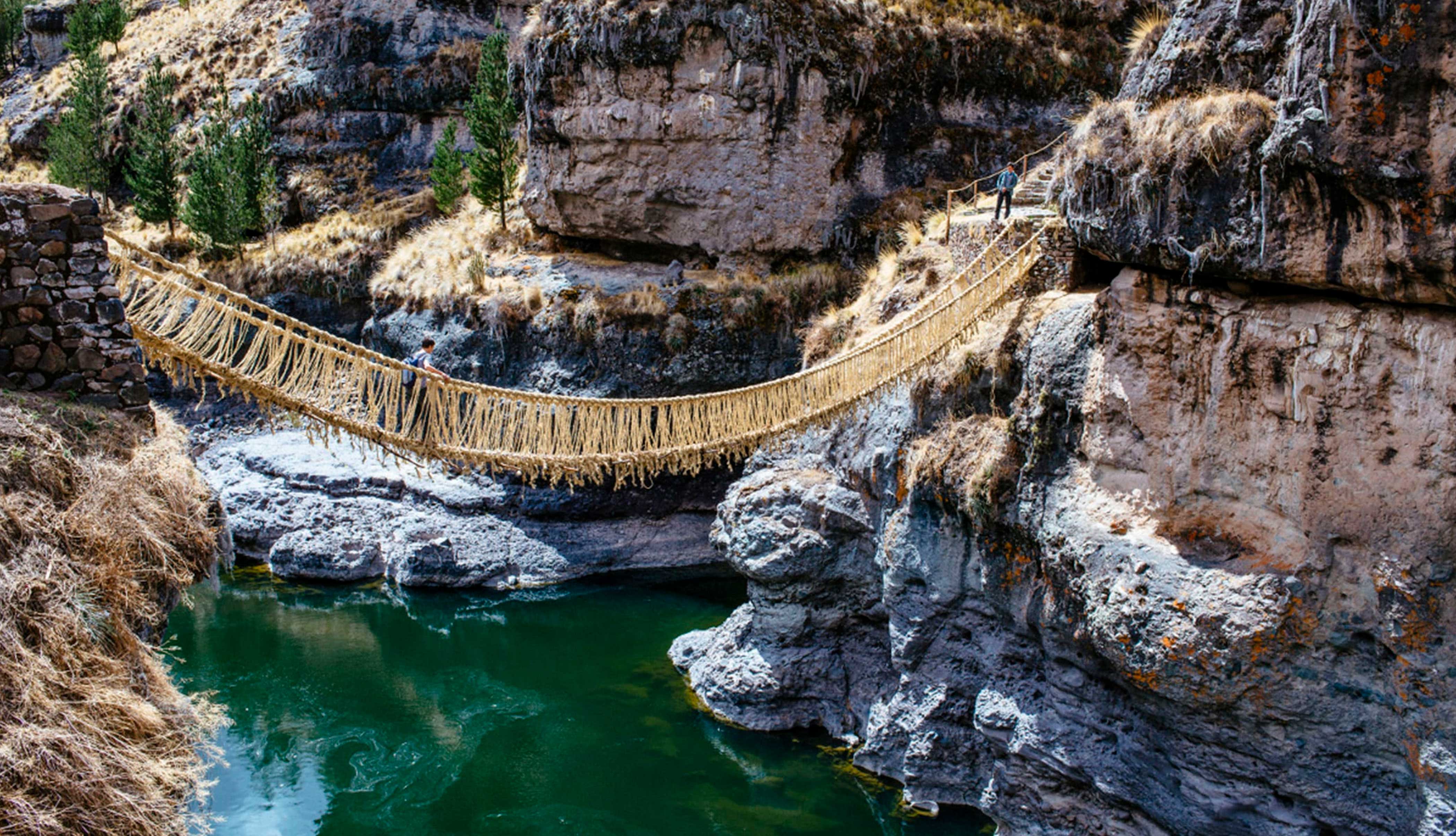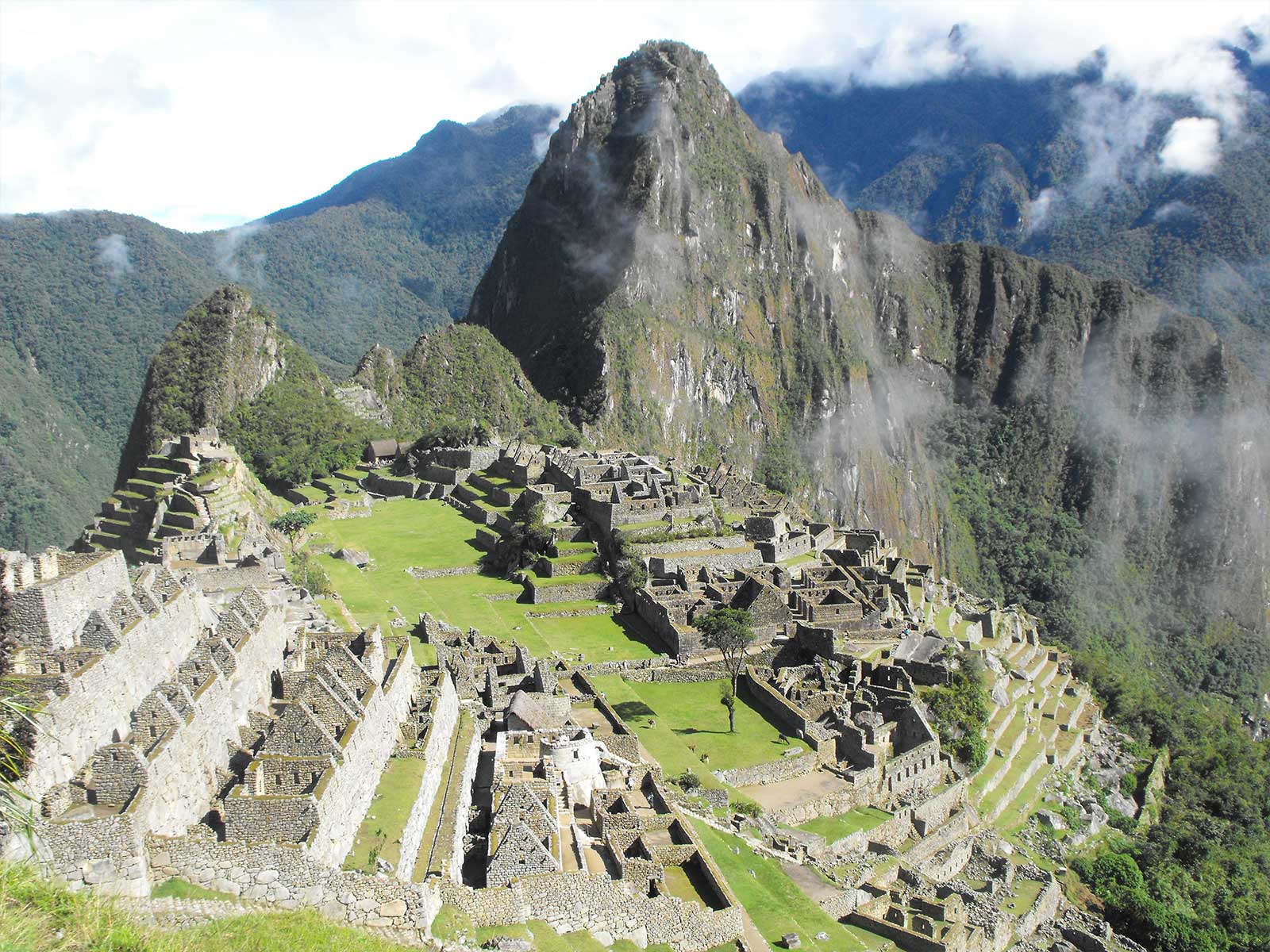In this post we share with you Tips for traveling to Cusco: How to get there, when to go, how to move around, what to visit, where to sleep, and some more tips to make the most of your stay in the Peruvian city.
Tips for traveling to Cusco
Tips for traveling to Cusco: How to get there
Teniente Alejandro Velasco Astete International Airport or better known as Cusco Airport is located in the city of Peru with the greatest tourist attraction. It receives domestic flights and some international flights. It is the second most used airport in Peru, after Jorge Chavez International Airport in Lima.
Tips for traveling to Cusco: When to go
Cusco’s high season goes from June to August so the prices of tickets, hotels, excursions have much higher prices. In addition, you will have to book accommodation or tours much further in advance. The low season is during the rainy months, from October to March. At this time it is worth mentioning that the rates are cheaper in terms of accommodation and tours, and there is less presence of tourists in the city.
As for the climate, due to its location, Cusco has a climate divided into two distinct seasons: the dry season (between April and October with warm days with an average temperature of 17 ° C) and the rainy season (from October to March).
As always, we say everything will depend on your tastes, interests and budget but a great option to travel to Cusco is between the months of April and May, just after the rains, but before the high season. Besides finding cheaper rates, you will be able to enjoy the different attractions with less people and take advantage of the warm weather.
Tips for traveling to Cusco: Entry requirements
- Peru is a country of basically free access. Most countries in America and Western Europe do not require a tourist visa to enter the country, and the maximum length of stay granted by the authorities is 183 days (it cannot be extended).
- For a longer stay for other purposes (business, study, work, etc.) it is necessary to previously request the corresponding visa at the Peruvian consulates.
- To enter Peru it is an indispensable requirement to present a valid passport. Citizens of Argentina, Brazil, Paraguay, Uruguay, Ecuador, Colombia, Bolivia, Venezuela and Chile can enter with their national identification document.
Tips for traveling to Cusco: What to visit
- Four days are enough to visit Machu Picchu, the most famous archaeological site in the area and even explore some of the Sacred Valley.
- For a basic tour and to know a little of the Inca legacy, include places like Pisac, Moray and Saqsaywaman, a few kilometers from the center of Cusco.
- One of the must-see places in Cusco is walking and touring its Historic Center, proclaimed a World Heritage Site by UNESCO in 1983. It is the testimony of the mixture of Inca and Hispanic architecture. Through a walk through its streets and architectural jewels you will be able to observe the confluence of two very different cultures.
- There are several routes that can be done on foot and are well signposted. We recommend taking some time to walk through each of the streets of the historic center of Cusco and walk through its narrow cobblestone streets. However, in order to enter some of the main places you must buy the Cusco Tourist Ticket.
- Among the most important attractions of the Historic Center of Cusco are: the Main Square, the Cathedral, the Church of the Society of Jesus, the Koricancha (Temple of the Sun in Cusco) and Convent of Santo Domingo, the Church and Convent of La Merced, the neighborhood of San Blas and its temple, the Church and Convent of San Francisco, the House of the Inca Garcilaso de la Vega and the House of the Admiral.
To find more activities in Cusco, book excursions or tickets we recommend you to enter here.
Surroundings of Cusco: Just 170 kms southwest of Cusco, it seems that the land was taken as a canvas and the colors of geology created a masterpiece. It is that until recently -less than two years ago- and as a result of a thaw, Vinicunca, also known as the Rainbow Mountain or Seven Colors, was uncovered.
Tips for traveling to Cusco: Where to sleep
The best area to stay in Cusco, without a doubt, is a place near the Plaza de Armas as it has a central location with several tourist attractions, restaurants and businesses.
There is a wide variety of accommodations ranging from hostels and budget hostels to boutique hotels. The months of June, July and August are very busy months in the city so if you plan to travel at this time it is best to choose a lodging in advance.
To find accommodation in Cusco we recommend you to visit here.
Another alternative that we recommend is the AirBnb site. It allows you to rent unique accommodations from local hosts. It is a very good option for couples or families as they are usually cheaper than hotels and have many amenities (washing machine, kitchen, etc).
It is always a good idea to read the references of people who have already stayed there. Tip: If you subscribe through this link you get USD$ 35 credit for your first reservation.
Tips for traveling to Cusco: What to buy and where to buy
If you want to buy something very autochthonous you can take with you some products related to textile art with embroidered designs inspired by Pre-Columbian Andean art. Among the finest alpaca and sheep wool items are gloves, ponchos, chullos (hats), blankets, scarves, vests, backpacks and bags of excellent quality. You can also find a great variety of tapestries made with sheep wool. Cusco is also well known for its gold and silver work. You can find figures with Inca motifs in silver in the form of charms, pendants, earrings and rings.
Some places where to buy: in the neighborhood of San Blas, located just a few blocks from the Plaza de Armas where many artisans and artists live, in the Handicrafts Market in Pisac (30 minutes northeast of Cusco) or in the San Pedro Market two blocks from the Plaza de Armas.
Tips for traveling to Cusco: What to eat and where to eat
Peru’s gastronomy is considered one of the best in the world for its great variety of flavors and aromas, as authentic as ancient, as well as for its richness in food.
We recommend 5 typical dishes of Cusco to try:
Caldo de Gallina: A soup with a piece of chicken, white moraya and chopped Chinese onion, rice and seasonings that give it a pleasant flavor.
Sanchochado / Puchero: It consists of boiling a cow’s breast, a lamb’s head, bacon and potatoes, and then adding whole cabbage leaves, moraya, chickpeas, sweet potato, peaches and rice. The broth is served on its own and all the parboiled ingredients are served separately.
Chuño Cola: It is a spicy broth based on dehydrated and sun-dried potatoes, called chuño. It is served with chickpeas, rice and various meats.
Olluquito con charqui Cusqueño: This is one of the most representative dishes since it has two ingredients that are exclusively Peruvian: olluco, a type of potato that grows in the Andes, and charqui, which is dried llama meat.
Cuy Chactado Cusqueño: The guinea pig is prepared with herbs and seasonings and cooked in a clay oven. When it is crispy, it is just taken out of the oven and served with baked potatoes and plenty of chili.
The usual places to eat the typical dishes are traditional restaurants called picanterías or chicherías. The best ones are located around the Plaza de Armas and some offer peñas, that is, live music with folkloric dances.
Some restaurants where you can try the typical dishes of Cusco are Inka Grill (Portal de Panes N°115, Plaza de Armas) Kusikuy (Calle Plateros N° 348) and the Chicha Restaurant of the renowned Chef Acurio, located in Plaza Regocijo 261, 2nd floor (reservations are required).
Tips for traveling to Cusco: Transportation
Cusco has numerous points of interest but they are very distant from each other.
On foot you can visit the attractions that are in the center of the city but to visit the archaeological sites in the surroundings you can travel by bus (the cheapest way) or who can spend more in cabs or renting a car or hiring travel agencies for tours.
Tips for traveling to Cusco: Health
There are no mandatory vaccinations for entering Peru.
In Peru it is recommended to ascend gradually to prevent altitude sickness or the so-called “soroche” and take some time to rest upon arrival for a good acclimatization. It is best to rest the first day of arrival, eat lightly, drink plenty of fluids and drink coca tea. If you suffer from heart disease, consult your doctor before traveling.
We recommend drinking bottled water and avoid eating food from street food stalls to avoid food poisoning.
It is highly recommended that you take out travel insurance to travel to Peru to cover medical expenses in case you need it to prevent a mishap from ruining your vacation. To get a quote and contract a travel insurance we recommend you to enter here.
Tips for traveling to Cusco: Time Zone
The default time zone is GMT-5 (2 hours less than in Argentina).
Tips for traveling to Cusco: Communications & Internet
To stay connected in Peru we recommend the HolaSim Flex prepaid chip, the new HolaSim product (Only for data, i.e. only for Internet use). In this post we tell you what it is all about.
TIP: Once you register and have the product in the shopping cart, where it says Apply coupon, enter the word VOLEMOS and you will automatically have USD10.00 discount, that is, the chip is free).
We share with you a post with useful applications for traveling that you can easily download to your cell phone.
Tips for traveling to Cusco: Money
The Nuevo Sol (S/.) is the official currency of Peru. There are bills with denominations of 10, 20, 50, 100 and 200 soles. There are coins of 10, 20 and 50 cents, as well as 1, 2 and 5 nuevos soles.
Major businesses accept credit cards (Visa, MasterCard, and American Express) and there are numerous ATMs in the city for cash withdrawals. Popular businesses only accept cash, in local currency and dollars in some cases.
It is possible to exchange foreign currency at banks and exchange houses. There are also street money changers, but transactions are not recommended.
The usual opening hours of currency exchange establishments are Monday to Friday from 9:00 a.m. to 6:00 p.m. and on Saturdays until noon.
Tips for traveling to Cusco: Electricity
Electricity and voltage has an intensity of 220 volts (v) and a frequency of 60 Hertz (Hz).
As for the plugs in Peru, three types of plugs are used: type A, type B and type C like the ones in the picture.
How to get flight offers first?
Follow us on our social networks Twitter, Facebook and Instagram (activate notifications and set them to appear first) where we always publish the offers we find.
Receive our blog notifications on your devices. When you visit our blog https://www.volemos.com.ar/blog/, you will see a small window asking if you want us to send you notifications, select the option allow and that’s it.

